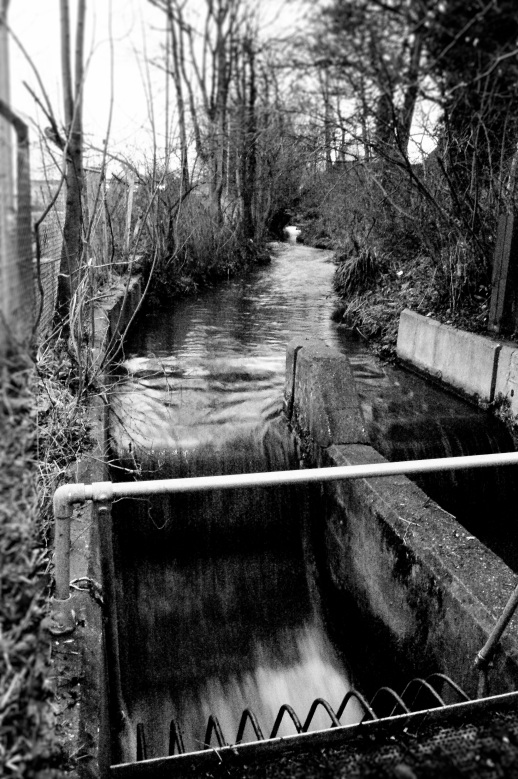
In which, as the year comes to its end, our friends and collaborators look back and share their moments:
My year more or less ends with the arrival of the bound proofs of my book Silt Road – The Story of a Lost River. A strange meeting too: there it is tucked in amongst all the papers my editor has brought downstairs to the Random House café, where we will discuss, amongst other things, who we are going to trouble with copies of this meandering treatise, hoping that the victims might at least like it, hoping that they definitely won’t dislike it, hoping that one or two might send back a quotable line of endorsement: my inner Eeyore boxing it out with my inner Tiger on this one. And odd to see it there bound up and contained, this sprawling flight of Icarus that has kept me so busy. How can that much work look that small? I had left this foundling on the RH doorstep over fifteen months ago, hoping it was finally finished. But 2012 seems to have passed by, a nitrazepam-drenched game of editorial tennis, a lost year. Book finished 2011. Book published 2013. 2012? What was that? The year between, that’s what. This to-ing and fro-ing does one thing, mostly: it erodes the rock of the book: 110,000 loose, rambling words become 70,000 focused, structured words. That’s the idea anyway. A war of attrition machine-gunning adjectives, vagaries, or just lines I was too pleased with when I wrote them. As the green-flash soles squeaked across the ethernet and each of us thocked those chapters back and forth – ‘Charles, I really think this line has to go …’ … ‘Juliet, I have made some of those changes, not all …’ – I hardly dared mention photographs. But in the end I had to. I had taken hundreds, had looked at hundreds in archives. The book was almost built around photographs. And always as I wrote it I had these images in mind, falling between lines in the drift of text: as proof, illustration, contemplation or pause. I laid out one chapter with images and won a debate that never happened. But this is the thing with images: you can’t cut them in half if the pagination puts them in the wrong place. I might see them as blocks of text, but you can’t split them as if they were. (In fact, now I think about it …) So the chapter builds forward from the first image placed in just the right place and so on. But the next one you wanted to use, if the insertion point is now too close to the bottom of the page, is a goner. You find another nearby, or you cheat on the insertion point and soon the whole thing becomes a sort of penny cascade in words and images. I wondered, as I played like this and the summer happened somewhere outside, whether I shouldn’t just nip along the road to Sunny Hunny and ask our friends who run the arcade there for the soundtrack and flashing lights that might help me in my task. And now that summer and autumn have passed and December is here and I look at the bound proofs as we queue for tea, this physical thing in my hands finally, as opposed the spectral glow of a PDF on the screen, I can see right away … that image is in the wrong place … that line still isn’t right. Etc. Oh God.
In and around this inky Sisyphean labour with letters and pixels I have been trying to fix rivers. With a half-dozen web-footed river-rats from the flatlands I have helped launch the Norfolk Rivers Trust. A spritely dinghy that has very quickly morphed in a harbour tug. The subterranean current under the romance of rivers is the bleak fact that so many are so fucked. So I try to leaven the bread of lyricism with a wet-wellington bayonet charge at the multi-headed beast of their undoing. Which is us of course: and our farming, our industry, our roads, our building on flood plains, our public-water supply. Vicky asked me the other day, if there was just one thing we could do for rivers, what would it be? Give them room, I thought. If every rill, every ditch, every stream, every river had elbow room, five yards say along each bank where development of any sort is forbidden, no ploughing, no mowing, no decking, no paving, no walls, nothing at all shaped by man, only the river and whatever wants to grow beside it, then our landscape would be healthy at its core. In the meanwhile though, there’s charging at bureaucratic windmills in wet wellingtons. In the flat and windy east we have made it over the top at least, with grant-money in kit-bag enough to start the dreaming. The River Nar and nine other North Norfolk chalk streams will be keeping us busy with conservation projects: with the restoration of lost meanders and dredged gravel, with the re-shaping of leveés and floodbanks, with the slow exhumation of our lovely, almost lost rivers. 2012? That’s where it went. Downstream.